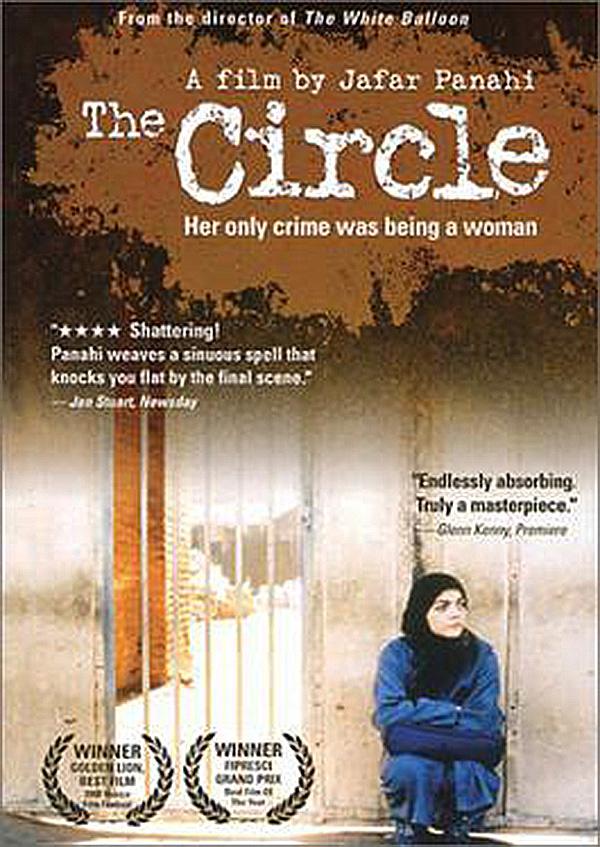Prior to seeing the film, I didn't know what to expect and I didn't even know anything about the director Jafar Panahi. I came to the event because I wanted to support the struggle in Iran and to find out more about it, and because I trusted the bookstore's choice to be something worth seeing. In fact, I was quite surprised that it was created by a man when I found that out afterward because of how accurately he portrayed the feeling of women being trapped in the oppressive patriarchal society every step of the way, from the moment they're born.
The name of the campaign "Burn the cage, Free the birds" suddenly felt even more on point: we saw women and girls desperately searching for a way out of the circumstances they're trapped in, from one solution to another, just to run into the "walls of their cages." After the film, my mind kept coming back to the metaphorical image of a circle: it starts with the opening of a hospital window that brings despair to a family by announcing the birth of a girl instead of a promised boy, and it ends with a prison cell window being shut in the final moments of the film following the news of a woman who unsuccessfully tried to take her own life and was jailed (who is implied to be the same woman that gave birth).
The film showed how many restrictions are imposed on women from major decisions (such as the woman seeking to get an abortion or the mother who has to abandon her child that she cannot provide for) to everyday life (not being able to take a bus without a male guardian or a permit, and even smoking cigarettes). In contrast, it exposes how differently men are treated in society, especially the so-called "morality police" who are seen as corrupt and hypocritical, and the driver who puts all the blame on the prostitute when they get stopped by the police and who is let go while she is taken to jail.

Nevertheless, you can see and feel strong defiance in every single woman in the film, their persistent attempts to break out of this "cage" and choose their own paths, and how some of them go through difficult and risky situations to help each other. The author includes a lot of details and intentionally leaves out some major things in the plot to let the viewers pull the threads together. The unsuccessful attempts by women throughout the film to simply smoke a cigarette, finally end with the prostitute calmly lighting it up on the way to jail, almost as a statement that if the cops let an arrested man in the car do it, she can too. Since she is the final woman we see in the film, the calmness on her face, her daring and confident poses and gestures, and the way she looks out of the window in the cell, don't let us leave with a feeling of hopelessness but rather show this "sleeping giant" of women's bravery, rebelliousness, resistance, and anger at their oppression that is meant to erupt someday. It got me thinking that the generation that is fighting now was raised by the generation who we saw in the movie, defiant when the movie was made. They were the "unwanted" girls and they were the ones who raised the young people that are putting their lives on the line and are fighting in the uprising right now. You can see where it was coming from, after piling up for decades to provide for this eruption.
I was very impressed by the film from both artistic and storytelling points of view, but I also left with some questions. I realized that I still don't fully know how did the Islamic republic come to power and why it happened. Overthrowing the previous oppressive regime was a good thing, but how did something very bad come out of a good thing? I also didn't know about some changes in the laws and restrictions for women in Iran throughout the last few decades.
